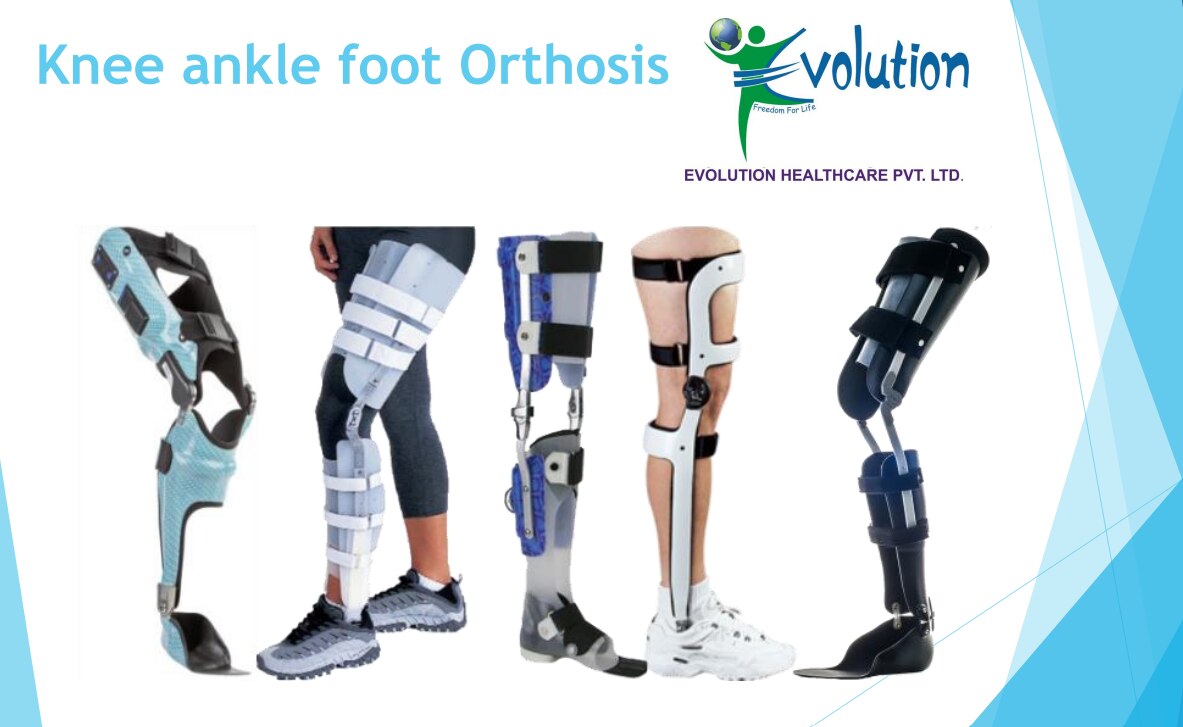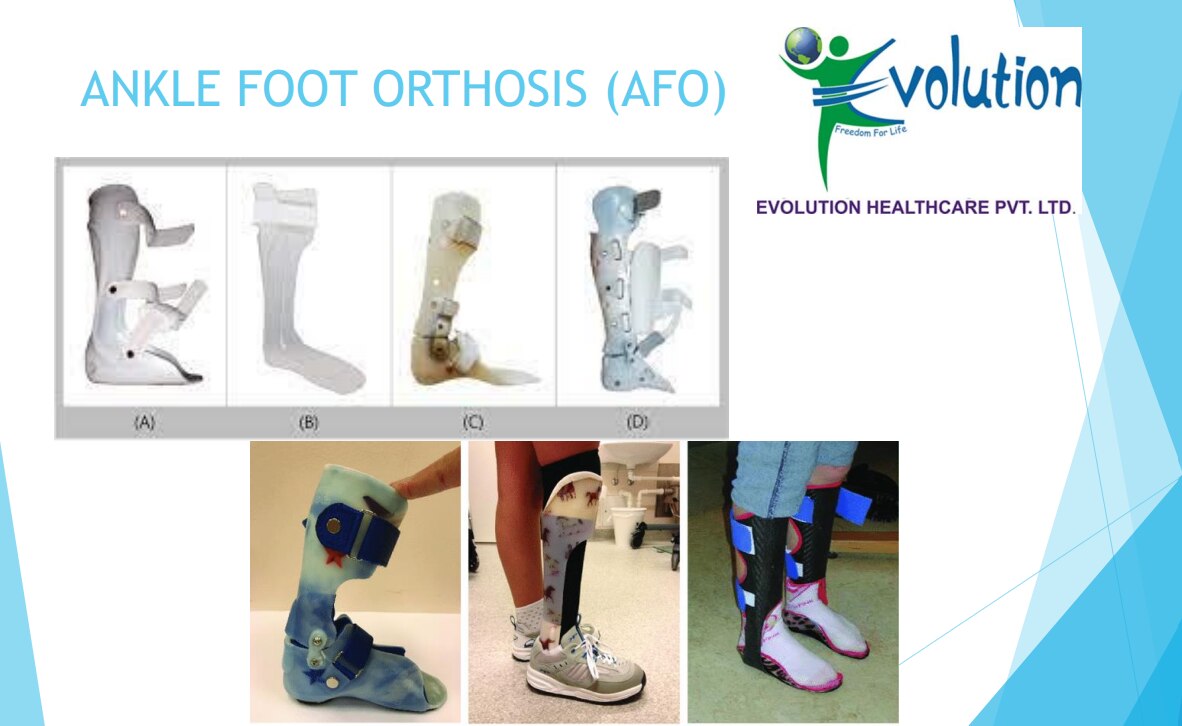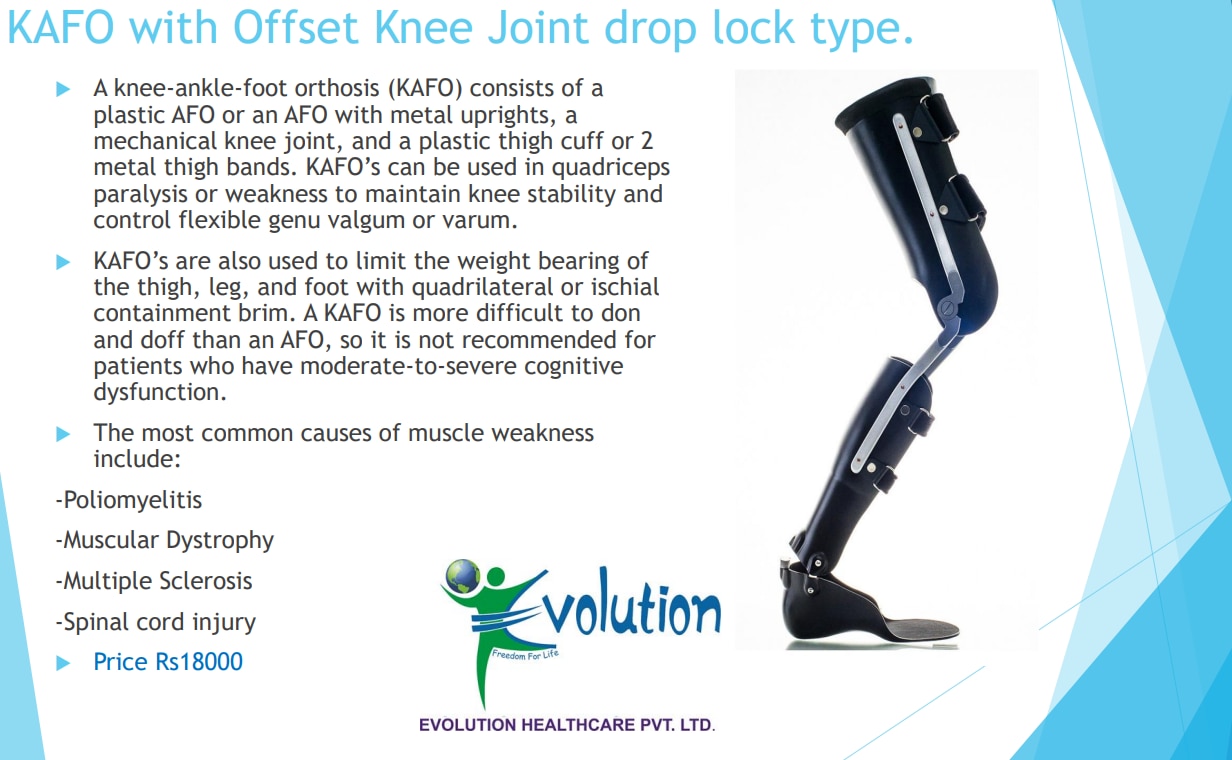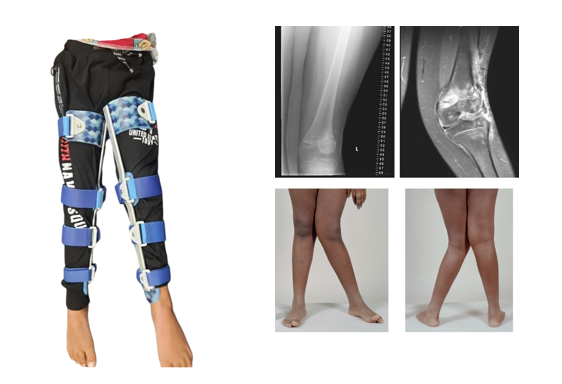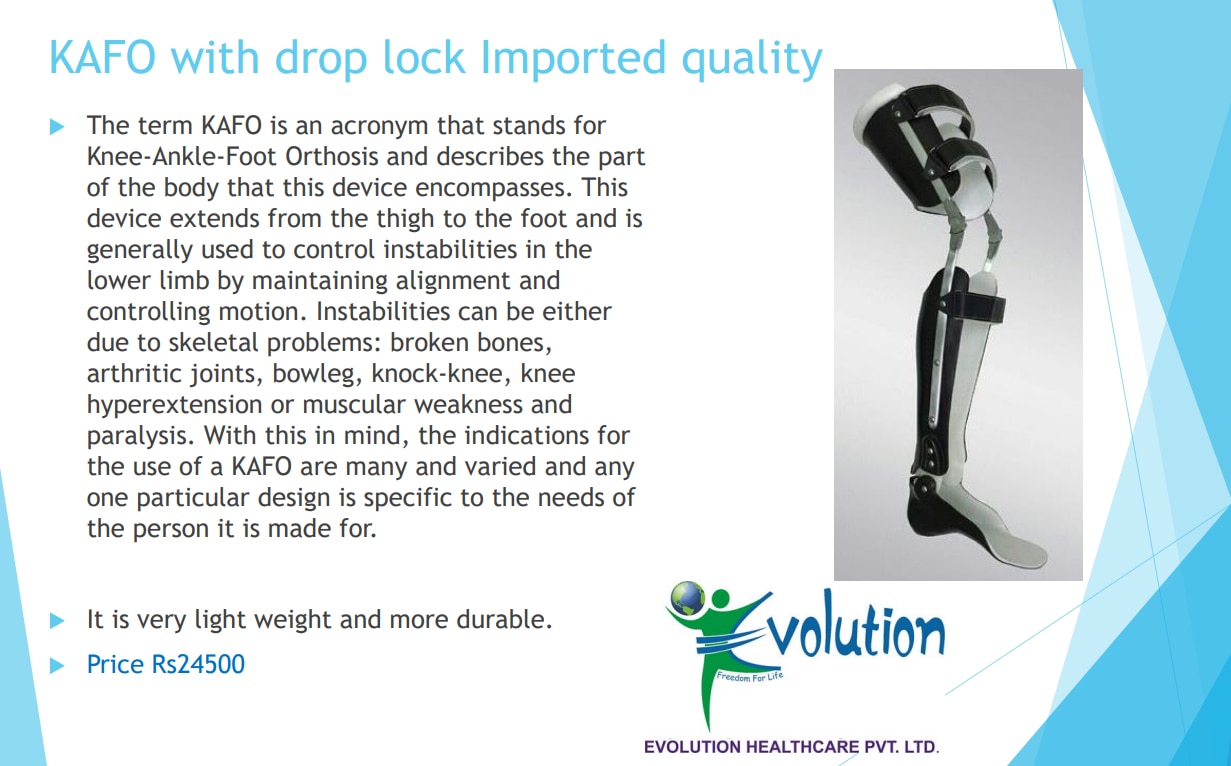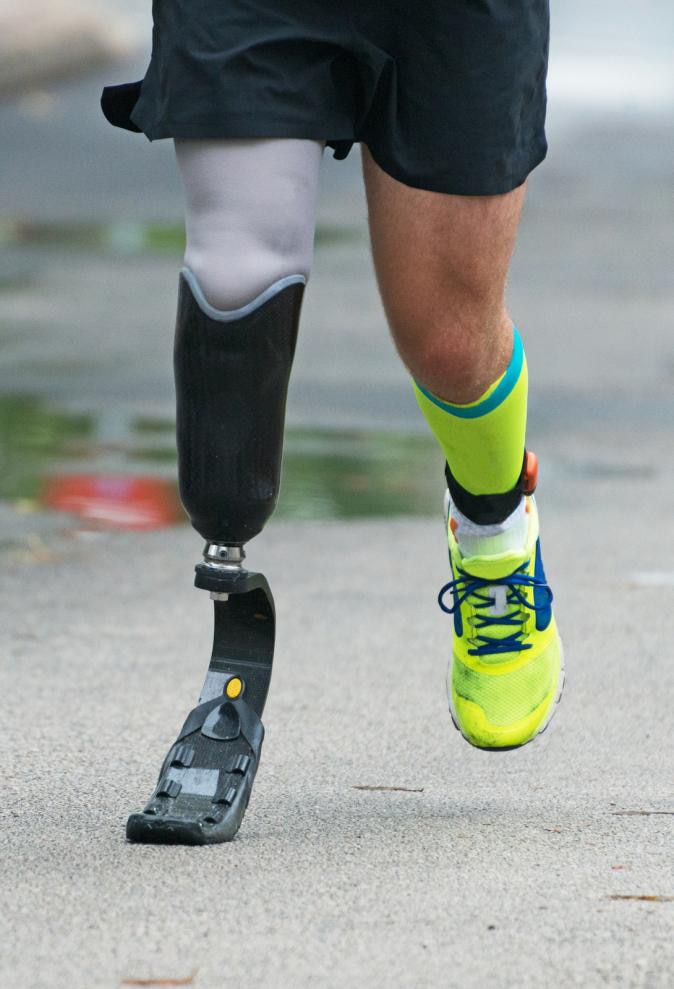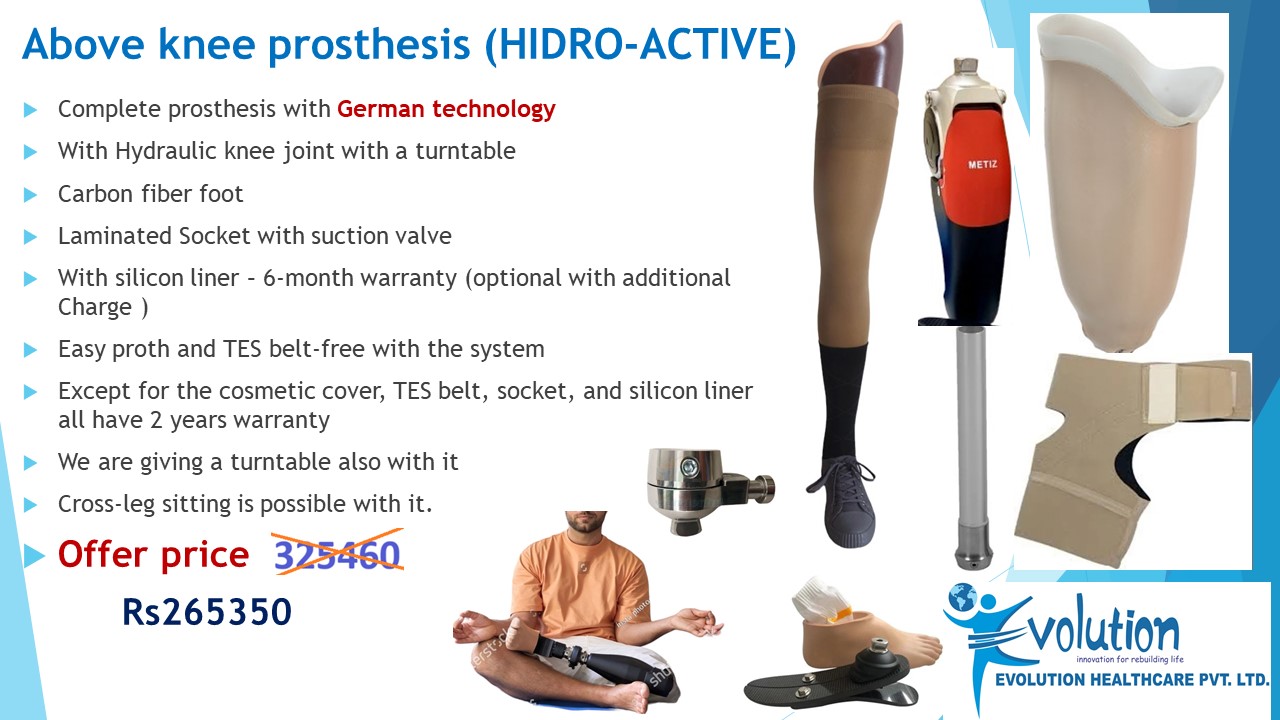A Knee-Ankle-Foot Orthosis (KAFO) is a custom made brace that starts above the knee and extends all the way down the leg to the end of the toes. These braces will normally include a knee joint and possibly an ankle joint as well. A KAFO is prescribed by your physician when there is significant weakness and/or instability at the knee and ankle joints. The KAFO will allow patients to stand by locking the knee joint in the brace when the thigh muscles are too weak to support the knee. This brace can also reduce significant knee hyperextension (genu recurvatum) during the gait cycle. KAFOs can be extended to the hip to provide additional support to the hip joint if necessary. The KAFO is commonly used in the treatment of: 1-Blount’s Disease 2-Genu Recurvatum 3-Post-Polio 4-Spinal Cord Injury 5-Arthrogryposis 6-Cerebral Palsy 7-Polio 8-Spina Bifida At your initial assessment you will meet with your Orthotist to go through a complete assessment of your strength and range of motion and undergo an observational gait analysis. There are many different designs of KAFOs, each with different functions and levels of support. In collaboration with your Orthotist at OrthoProActive and your health team, we will determine which KAFO design will help to provide you with the best functional outcomes.

